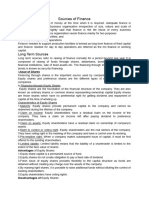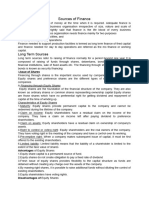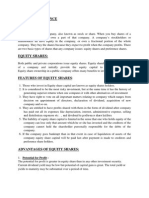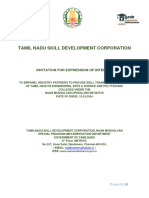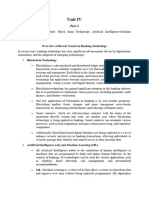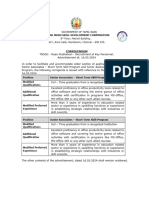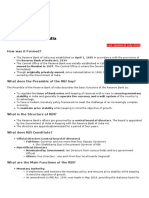0% found this document useful (0 votes)
36 views60 pagesCSA Chapter2
The document discusses various aspects of share capital of a company. It defines share capital as the amount of capital raised by a company through the issuance of shares. It discusses the different types of capital such as equity capital and debt capital. Equity capital refers to money given in exchange for shares, making shareholders the owners of the company. Debt capital is money borrowed that must be repaid along with interest. The document also outlines the various phases of share capital and defines shares as indivisible units that represent ownership in a company. It then describes the key features and types of equity shares and preference shares.
Uploaded by
arunvklplmCopyright
© © All Rights Reserved
We take content rights seriously. If you suspect this is your content, claim it here.
Available Formats
Download as PDF, TXT or read online on Scribd
0% found this document useful (0 votes)
36 views60 pagesCSA Chapter2
The document discusses various aspects of share capital of a company. It defines share capital as the amount of capital raised by a company through the issuance of shares. It discusses the different types of capital such as equity capital and debt capital. Equity capital refers to money given in exchange for shares, making shareholders the owners of the company. Debt capital is money borrowed that must be repaid along with interest. The document also outlines the various phases of share capital and defines shares as indivisible units that represent ownership in a company. It then describes the key features and types of equity shares and preference shares.
Uploaded by
arunvklplmCopyright
© © All Rights Reserved
We take content rights seriously. If you suspect this is your content, claim it here.
Available Formats
Download as PDF, TXT or read online on Scribd
/ 60
















